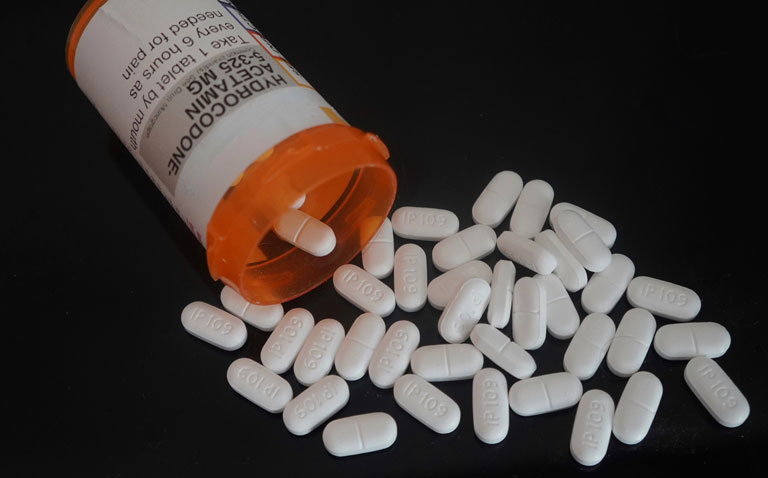A US analysis of over 4 million paediatric opioid prescriptions found nearly half were considered high-risk based on more than one metric.
The prescription of opioid drugs to paediatric patients, defined as those aged 0 to 17 years, can lead to not only adverse effects in the short-term, but problems in the longer-term. For example, a study in children without severe pain, found that one of every 2611 acute opioid prescriptions were followed by an opioid-related adverse event. Moreover, persistent use of opioids has been observed in nearly 5% of adolescents after surgery and which could ultimately lead to dependence. There is currently limited data on the prescription of such drugs to paediatric patients but some information derived from insurance claims suggests that 1 in 10 adolescents filled at least one opioid prescription per year. In contrast, other insurance-based studies have revealed how opioid prescribing to children and adolescents has been steadily reducing since 2012.
In trying to gain further insight of opioid prescribing, a team from the Division of General Pediatrics, University of Michigan, US, set out to assess the prevalence and safety of opioid prescriptions given to children and young adults. The team used a comprehensive prescription database that contained records for every prescription dispensed from 92% of US retail pharmacies, 70% of mail-order pharmacies and 70% of pharmacies in long-term care facilities. The team looked specifically at opioid and benzodiazepine prescriptions, excluding opioid cough and cold remedies and buprenorphine, used for substance misuse. In an effort to determine whether such prescriptions could be deemed at high-risk, the team used 6 different metrics; the proportion of prescriptions for opioid naïve patients exceeding 3 and 7-day supplies; the proportion of prescriptions dispensed for children aged 0 to 11; the proportion of opioid prescriptions given to those aged 12 to 21 years with daily dosages of > 50 morphine milligram equivalents (MME) and finally, the proportion of opioid prescriptions for adolescents, which overlapped with a benzodiazepine prescription for > 1 day and each of these metrics was derived from best-practice guidance.
Findings
The database included 4,027,701 opioid prescriptions, of which 86.6% were for patients aged 0 to 21 years, of whom 80.7% were opioid naïve. The majority of prescriptions were issued by a dentist (38.2%), followed by a surgery (23.3%), physician assistant (7.2%) and emergency department (7.1%). Overall, 3.5% of children and young adults had >1 dispensed opioid prescription. The most commonly prescribed opioid was hydrocodone (52.7%), followed by oxycodone (21.3%), codeine (13.8%) and tramadol (9.8%).
Among 3,250,443 prescriptions written for opioid naïve patients, 41.8% and 3.8% exceeded the recommended 3- and 7-day course respectively. Similarly, among 3,487,263 prescriptions for adolescents and young adults, 11.5% had a daily MME > 50 and 4.6% were co-prescribed with a benzodiazepine. In fact, 45.6% of all prescriptions were classed as being high-risk by more than one metric.
Commenting on their findings, the authors noted that the majority of prescriptions were issued by dentists and likely to have been for dental extractions although alternatives to opioid prescriptions such as non-steroidal anti-inflammatory drugs provide a similar level of pain relief. They concluded that broad-based initiatives are needed to address high-risk prescribing.
Citation
Chua KP et al. Prescribing to US children and young adults in 2019. Pediatrics. 2021










